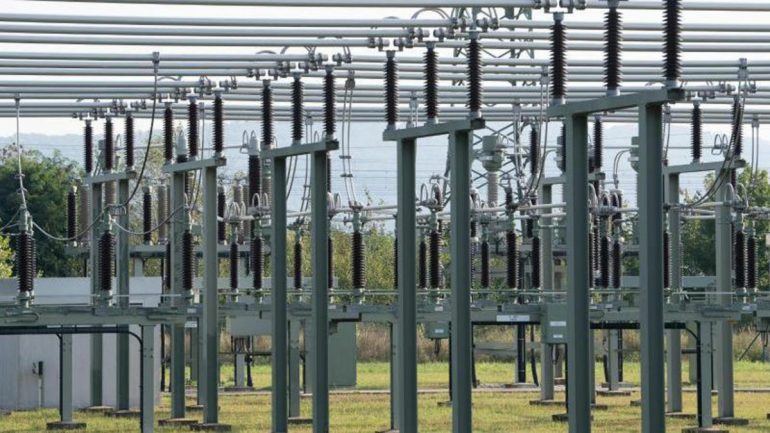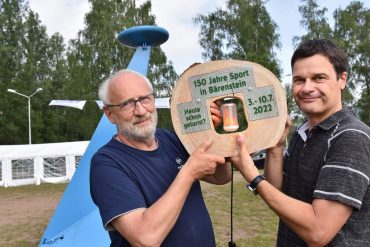Two days after a massive power outage in Dresden, chip maker Infineon resumes production. “Both production lines will be gradually scaled up again,” company spokesman Christoph Schumacher said Wednesday afternoon when asked by the DPA. It will take some time till production is running at full capacity again. He did not name a specific period.
On Monday afternoon, massive power outages temporarily paralyzed Dresden – around 300,000 homes were affected in Dresden and the surrounding area – trams were at a standstill, elevators stuck, traffic lights failed. According to previous knowledge of the police, the cause was a commercially available foil balloon that landed at a sensitive point in a substation switchgear and triggered a short circuit. Industrial companies were also affected.
“We have an emergency power generator for safety-critical systems,” Schumacher said. Pumps, emergency lighting and IT systems kept running. However, production was cancelled. The extent of the damage is not clear at the moment. Semiconductor maker GlobalFoundries, not far away, has two energy supply centers of its own – independent of the public grid. “It saved us a lot of damage,” said company spokesman Jens Druse.
The new Bosch Semiconductor Plant also felt the effects of a massive power outage. Existing emergency power supplies were turned on immediately and most important building and security functions were maintained, a spokesperson explained online to Haze. Production was affected due to power outage. Any loss and damage that has occurred is still being analyzed.
15 times more emergency calls
There are no implications or implications for the state capital Dresden’s IT sector, said operations manager Dr. Online opposite Michael Breeden. The emergency power supply systems would have ensured continuous operation for all central IT and telecommunication systems. Decentralized IT systems such as the last workstations were restarted and work continued after the restoration of power supply by the users. There was no damage to the technical systems.
All traffic in the city was disrupted due to the closure of traffic lights and trams. During the power failure, the Fire and Disaster Control Center with the Integrated Regional Control Center Dresden (IRLS) was fully functional, the office reported online. Incoming emergency calls could be processed seamlessly through the number 112.
The volume of emergency calls was 10 to 15 times higher than on normal days. For comparison: there were a total of 22 emergency calls between 1 pm and 2 pm, 215 between 2 pm and 3 pm and 55 emergency calls from 3 pm to 4 pm.
The control center and fire and rescue stations were supplied with emergency power generators. Planned procedures for this scenario were activated within the Office of Fire and Disaster Control, for example the control center was immediately strengthened.
The first power outage operation took place at 2:01 pm in a high-rise building on Albert-Wulf-Platz. In all, there were about 30 relief missions, mainly with people trapped in an elevator, and more than 50 emergency rescue missions during this time. The focus of these missions was to ventilate patients at home, whose ventilators can meet power shortages for a limited period of time. In addition, there were four false alarms from automatic fire alarm systems entering the IRLS.
(nw)

Reader. Organizer. General creator. Zombie fanatic. Alcohol advocate. Food junkie. Bacon ninja.





